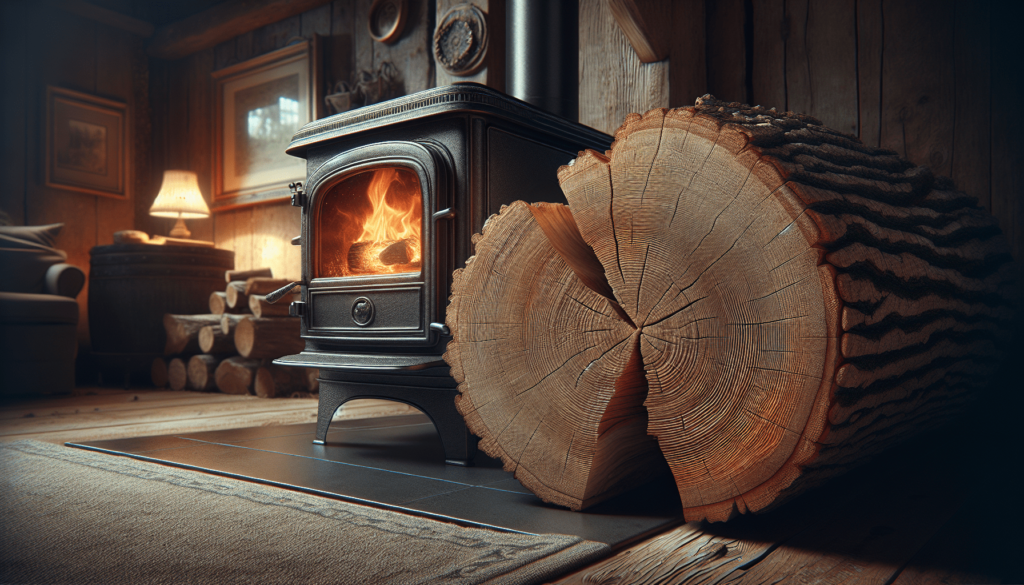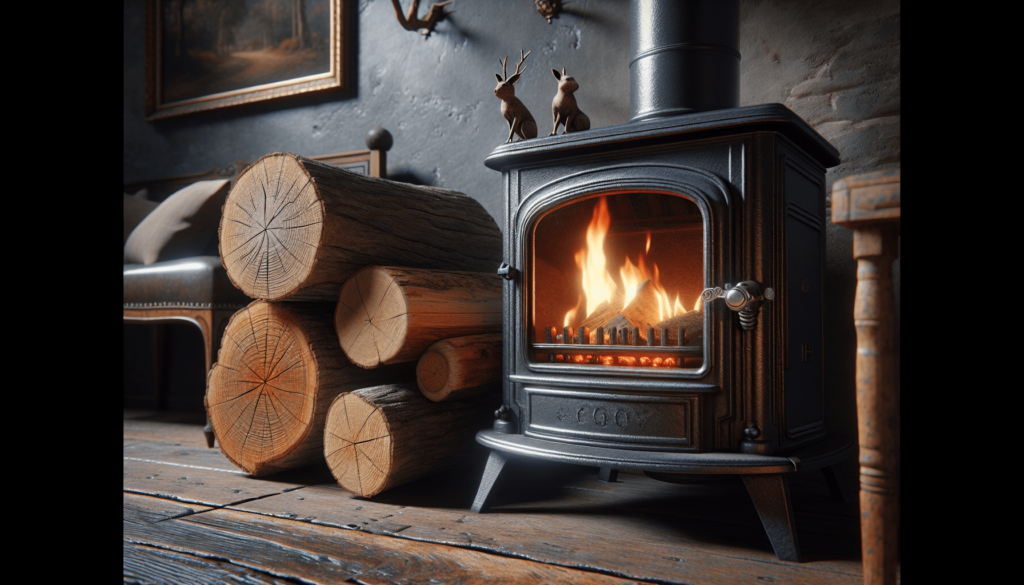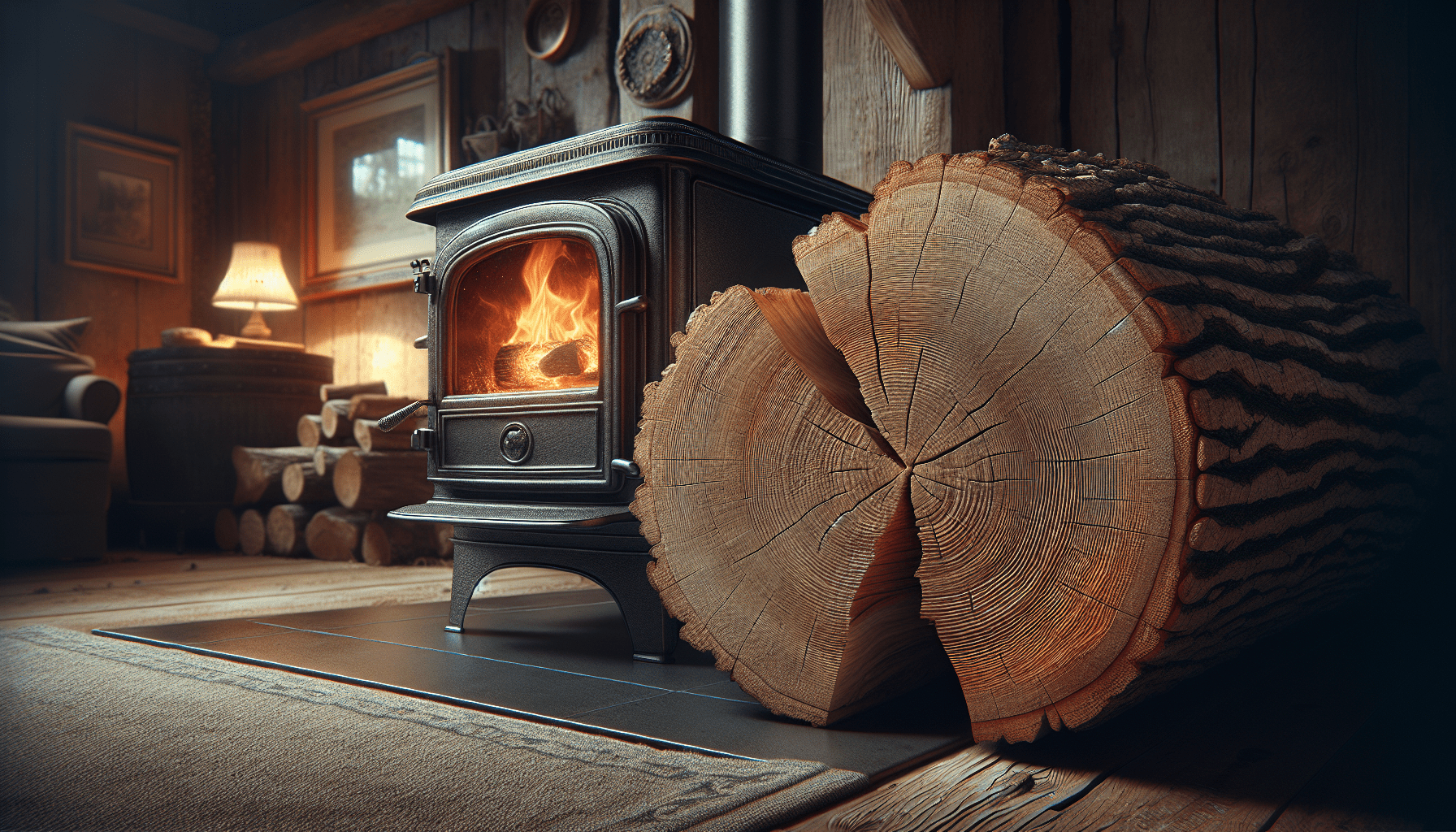What do I need to put in a wood burner? It’s a question I’ve pondered myself. You finally get that cozy wood burner installed, dreaming of toasty winter nights, but now you’re standing there with this empty chamber of potential warmth and no clue what goes in it—or more importantly, what shouldn’t. Fear not. I went down this rabbit hole, so you don’t have to.
Understanding Your Wood Burner
Let’s start with the basics. A wood burner is more than just a box where you can throw logs and hope for the best. It’s essentially a controlled environment where various elements work together to produce heat efficiently. Knowing the key components of your wood burner can help you make informed decisions about what to put in it.
Types of Wood Burners
There are several types of wood burners, and each has its quirks. You might have a traditional cast-iron stove, a modern steel version, or even a masonry heater. Each type has its own needs and tolerances for wood and other materials.
Why It Matters
The material you burn impacts not just the heat output but also the health of your burner and the environment. Using the wrong kind of wood or sneaking in one of those trash items you want to get rid of can lead to a number of issues. And by issues, I mean anything from a rapidly diminishing lifespan of your burner to, worst-case scenario, a chimney fire. Scary, right?
Types of Wood: The Good, The Bad, and The Ugly
When it comes to wood, not all types are created equal. Some are superb for burning, while others are best left in the forest—or worse, could damage your wood burner.
Hardwoods vs. Softwoods
In the wood-burning world, there’s this classic debate: hardwoods vs. softwoods. Hardwoods come from deciduous trees like oak, maple, and birch, while softwoods come from coniferous trees like pine, fir, and spruce.
Hardwoods
- Oak: Pretty much the gold standard. Oak burns slow and hot, producing long-lasting heat.
- Maple: Another excellent choice, with a high heat output and good burn time.
- Birch: It burns quickly but gives off good heat. Plus, it smells pretty great.
Softwoods
- Pine: This one is controversial. Pine burns fast and hot, which sounds great until you realize it leaves a lot of creosote in your chimney. Too much of that stuff is a fire hazard.
- Spruce: Similar to pine but slightly less resinous. Still, not the best option for your wood burner.
| Wood Type | Examples | Pros | Cons |
|---|---|---|---|
| Hardwood | Oak, Maple, Birch | High heat output, long burn time | Often more expensive |
| Softwood | Pine, Spruce | Burns quickly and hot, easy to light | Leads to creosote buildup, burns faster |
Seasoning Your Wood
Whether you use hardwood or softwood, one thing is non-negotiable: your wood needs to be seasoned. Seasoned wood has been dried out over a period, ideally six months to two years, to reach a moisture content of 20% or less.
Why does this matter? Well, fresh or “green” wood burns inefficiently, gives off less heat, and produces more smoke. Plus, it’s a pain to light. You don’t want to be that person yanking down the chimney trying to get a smolder going while everyone else is huddled under blankets.

The Do-Not Burn List
You’ve probably gathered by now that there are some things you absolutely shouldn’t burn in your wood burner. For anyone tempted to toss in random items, this one’s for you.
Treated Wood
Anything that’s been pressure-treated, painted, or varnished falls into the danger zone. These woods can release toxic chemicals when burned. Do you want to breathe in noxious fumes? No, I didn’t think so.
Wet or Green Wood
I touched on this with the seasoning bit, but it bears repeating. Wet or green wood doesn’t burn properly and leads to creosote buildup. Plus, you’ll be there all night feeding the flames as it sputters and hisses.
Trash and Plastics
It can be tempting to toss in the odd bit of cardboard or plastic wrapper, but resist the urge. Burning trash can release harmful chemicals and damage your wood burner. Save the landfills, don’t turn your home into one.
Certain Types of Wood
Not all natural woods are good for burning, either. For example, driftwood often contains salt, which can corrode your burner and chimney. Similarly, some sappy woods like eucalyptus can be dangerous due to high creosote levels.
The No-Burn List
| Do-Not Burn | Reason |
|---|---|
| Treated Wood | Releases toxic chemicals |
| Wet or Green Wood | Burns inefficiently, leads to creosote buildup |
| Trash and Plastics | Emits harmful fumes, damages the burner |
| Driftwood | Contains salt, which can corrode the system |
| Sappy Woods | High in creosote, dangerous for chimney health |
Getting Your Fire Started
Knowing what to burn is essential, but so is understanding how to get the fire going. There’s an art and a little science to it. Let’s walk through the basics.
Kindling and Fire Starters
You’ll need kindling—small, dry sticks or pieces of wood that catch fire easily. Some folks swear by newspaper, while others opt for specialized fire starters made from compressed sawdust and wax.
Building the Fire
There are different philosophies here, but a common method is the “top-down” approach. Start by placing larger logs at the bottom, then layer smaller logs and kindling on top. The kindling catches first, gradually igniting the larger logs. It helps reduce smoke and ensures a more efficient burn.
Lighting Up
Use long matches or a firelighter. And don’t forget to leave the door slightly ajar initially to increase airflow, making it easier for the fire to catch. Once it’s going strong, you can close it up and adjust the air vents to control the burn rate.

Maintaining Your Wood Burner
You wouldn’t just buy a car and never change the oil. The same logic applies to your wood burner. Regular maintenance ensures it works efficiently and safely.
Cleaning the Burn Chamber
Ash buildup can choke the life out of your fire. Make a habit of cleaning out the ash once it cools completely, ideally after every few uses. Just don’t go overboard—leave a thin layer of ash to help insulate the burner and make the next fire easier to start.
Checking the Chimney
Your chimney needs some love too. An annual inspection and cleaning by a professional are crucial for removing creosote buildup and other blockages. Doing this diminishes the risk of a chimney fire and ensures proper ventilation.
Inspecting the Door Seals
Check the door seals periodically. Worn-out gaskets can allow too much air into the chamber, making your wood burner less efficient. Replacing these gaskets can make a world of difference.
Maximizing Efficiency
Now that you’ve got the basics down, let’s talk about how to get the most out of your wood burner. You want maximum heat with minimal wood, right? It’s not about turning your home into a sauna but about making sure the heat you produce doesn’t go to waste.
Optimal Burn Temperature
Burning at the right temperature is key. Too low, and you produce more creosote and less heat. Too high, and you risk damaging your burner and wasting wood. Many wood burners come with an inbuilt thermometer. Keep an eye on it and aim for the optimal range specified in your user manual.
Proper Airflow
Good airflow is the unsung hero of an efficient burn. Too much air, and your wood burns too quickly; too little, and it struggles to catch or gives off too much smoke. Use the vents to adjust the airflow as needed.
Stacking Logs
The way you stack your logs can also impact efficiency. Overloading your burner chokes the fire, while too few logs make you feed the fire constantly. Aim for a happy medium, keeping enough space for air to circulate but enough wood to sustain the burn.
Safety Considerations
We can’t ignore safety, can we? Anytime you’re dealing with fire indoors, it’s crucial to take precautions.
Fire Extinguishers and Alarms
Keep a fire extinguisher near your wood burner and ensure it’s in working condition. Also, smoke and carbon monoxide alarms are your best friends. Double-check them regularly to make sure the batteries are still good.
Glass Doors and Screens
If your wood burner has glass doors, they not only contain the fire but also reduce the risk of sparks flying out. A fire screen is another good layer of defense, especially if you have pets or children.
Ventilation
Always make sure your space is well-ventilated. Good airflow not only ensures a better burn but also reduces the risk of carbon monoxide buildup.
Troubleshooting Common Issues
Okay, so what if things go wrong? Maybe the fire’s not catching, or you’re noticing more smoke than usual. No need to panic; most issues have simple solutions.
Fire Not Catching
This usually boils down to unseasoned wood or poor airflow. Double-check your wood’s moisture content and adjust the vents. You might also want to revisit your kindling and fire-starting process.
Excessive Smoke
Excess smoke can mean the fire isn’t burning hot enough. Ensure you’re burning seasoned wood and adjust the airflow. If the problem persists, it might be time for that chimney inspection we talked about.
Creosote Buildup
Creosote is inevitable, but you can minimize it by burning seasoned wood and keeping your burns hot. If you notice a rapid buildup, it’s time to call in a professional for a chimney sweep.
Eco-Friendly Options
Burning wood is often seen as more environmentally friendly than fossil fuels, but it’s worth taking extra steps to minimize your ecological footprint.
Eco-Bricks
These are compressed wood or biomass bricks that burn cleaner and more efficiently than regular logs. They usually come from recycled materials, so they’re a win for eco-conscious folks.
Sustainable Wood Sources
Look for wood that’s sourced sustainably. Some suppliers offer wood that comes from managed forests where tree planting outpaces logging.
Alternative Fuels
While wood is the classic choice, other fuels can also be used in wood burners. Some burners are designed to handle multiple types of fuels.
Wood Pellets
These are made from compressed sawdust and other wood waste. They burn longer and cleaner than many traditional logs, though you’ll need a specific type of burner to use them.
Coal
Certain wood burners can also burn coal. While efficient and high-energy, coal isn’t the most environmentally friendly option. If you’re going this route, be aware of local regulations and the environmental impact.
Wrapping Up
So, there you have it. From the types of wood to the essentials of starting and maintaining a good fire, we’ve covered it all. Remember, the goal is to enjoy the cozy warmth of your wood burner without turning your home into a smoke-filled hazard zone. With a little knowledge and some attention to detail, you can master the art of wood burning.

